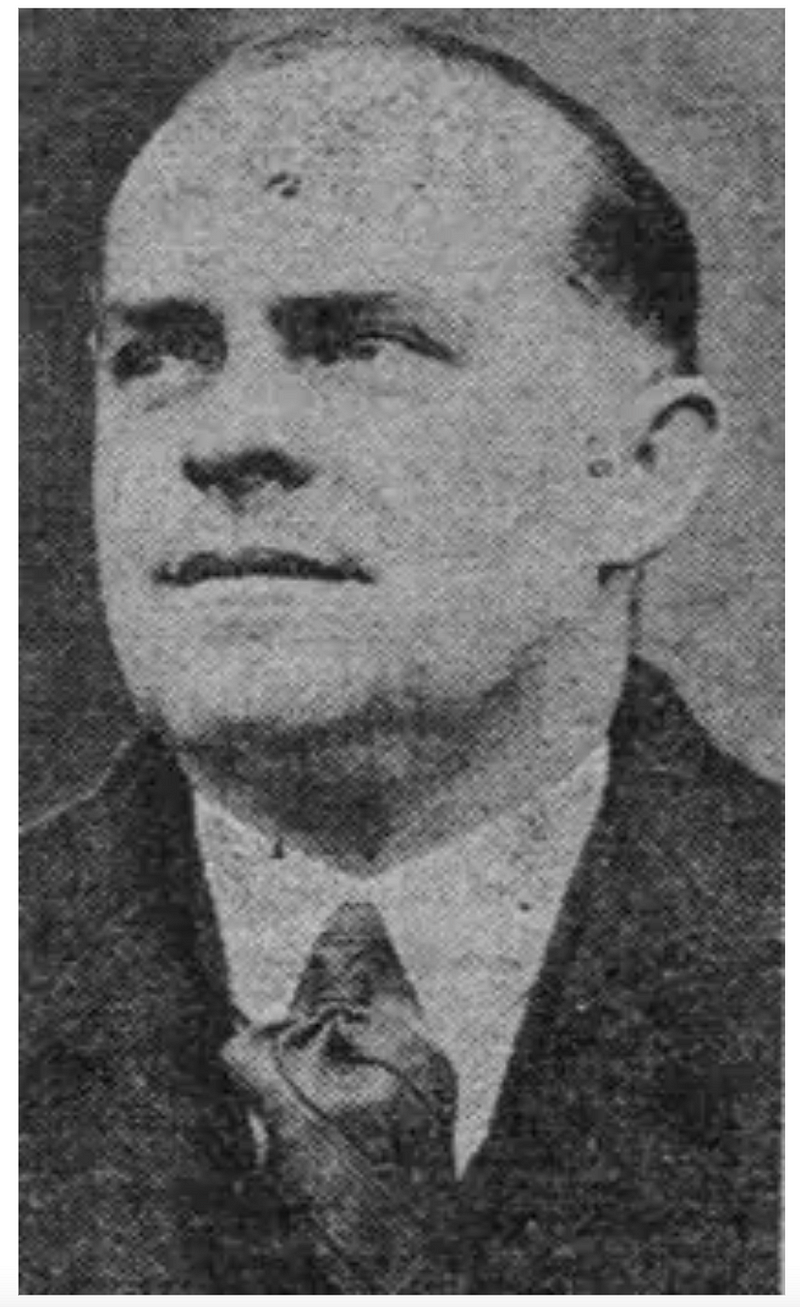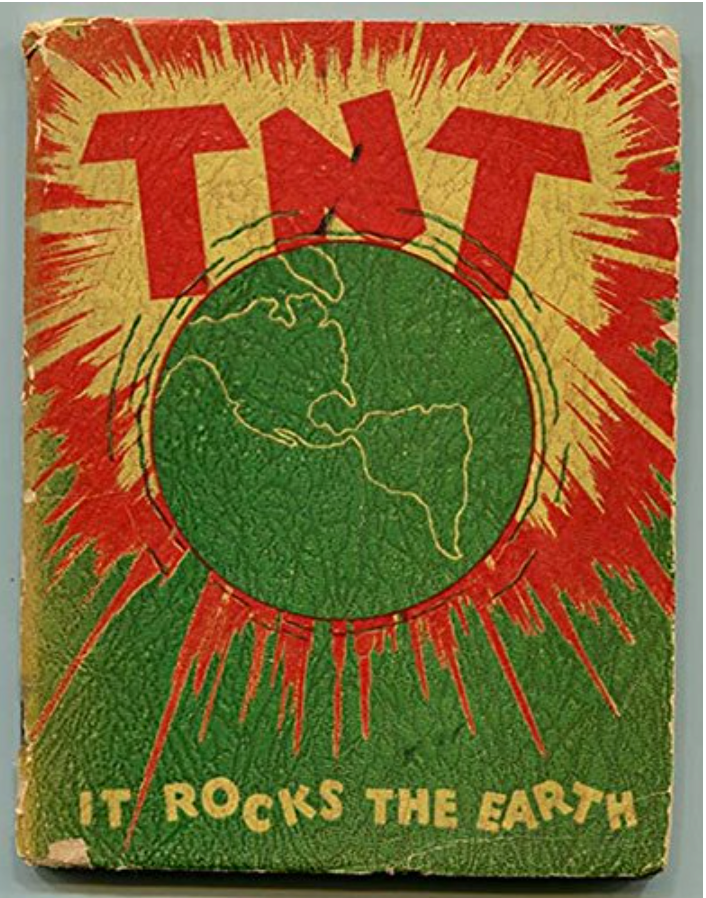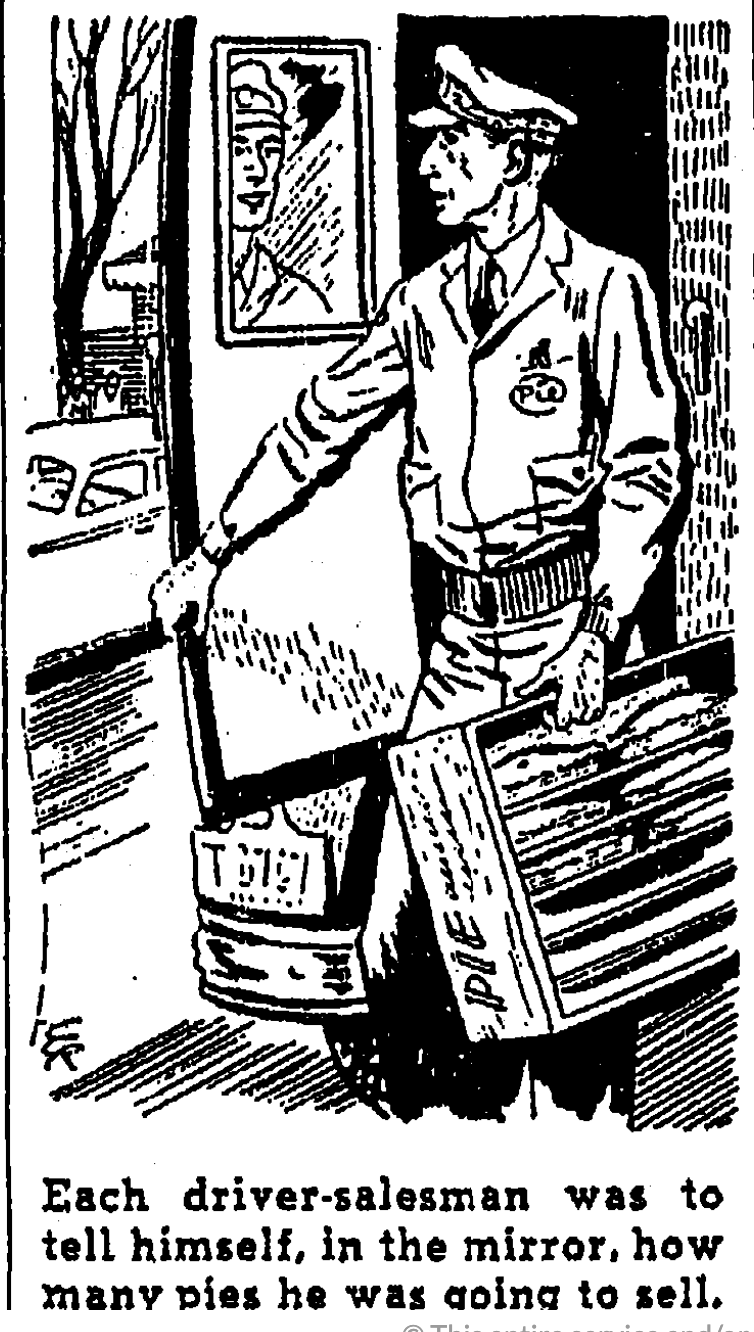Claude M. Bristol: The Legacy of The Magic of Believing
Written on
Claude M. Bristol and the Metaphysics of Necessity
Life was not always about ‘magic’ for the author who explored the potential of the mind—Claude M. Bristol left behind a significant self-help legacy. The American metaphysical landscape has no other figure like him (1890–1951). Bristol did not approach writing as a spiritual guru or scientist; instead, he wrote as a journalist and businessman, connecting with the everyday needs of people and discovering a personal metaphysics with broad applicability.
Bristol articulated his beliefs in his influential 1948 book, The Magic of Believing, which has remained in print ever since. This guide to harnessing the power of thought gained a multitude of followers, including celebrities like Liberace and Arnold Schwarzenegger. As a writer navigating the contemporary metaphysical realm, I often meet individuals who swear by Bristol’s wisdom.
The Magic of Believing intertwines memoir with metaphysical guidance, and understanding it requires an appreciation of Bristol's life. His existence serves as both evidence of his concepts and a reminder of their boundaries.
Bristol was born on March 8, 1890, in Portland, Oregon. He spent a significant portion of his career as a journalist, businessman, and lawyer, becoming well-known in the West as a talented writer for newspapers and magazines. He honed his skills as a police reporter in Portland, a demanding role that sharpened his ability to gather facts swiftly and produce clear, impactful writing.

Having started my own career as a police reporter in Northeastern Pennsylvania, I relate to Bristol’s journey. The high-pressure environment of police reporting teaches you to meet tight deadlines and work efficiently. This experience shaped Bristol into a formidable writer.
His prowess as a journalist earned him recognition, leading Palmer Hoyt, the esteemed editor of The Denver Post, to write the introduction for the first edition of The Magic of Believing. Hoyt, in what could be seen as a slightly backhanded compliment, stated, “Generally speaking, people are more interested in themselves and their success than anything else. For this reason, Claude M. Bristol’s book, The Magic of Believing, ought to enjoy the widest readership.”
Bristol faced personal struggles early in life that guided him toward practical metaphysics. During World War I, he was stationed in France and wrote for the Army newspaper Stars and Stripes. However, a mishap with his transfer papers left him without pay, forcing him into a situation where he could not afford even basic necessities. This hardship ignited a determination in Bristol to achieve prosperity, vowing never to experience such financial distress again.
He realized that having a passionate and unwavering goal is essential to any self-development journey, whether metaphysical or therapeutic. Bristol openly desired wealth, a topic he addresses in The Magic of Believing. Critics may deride his aspirations, but those who have experienced affluence often overlook the realities faced by working and middle-class individuals. The urgency to rectify personal circumstances often fuels significant progress.
“There is a relationship between pain and excellence,” my partner, filmmaker Jacqueline Castel, often reminds me. This principle resonates throughout Bristol’s narrative. His experiences of scarcity cultivated a desire that ultimately propelled him toward his vision of practical metaphysics. After the war, he held various positions in journalism, finance, and law, seamlessly transitioning between them.
Regardless of his profession, Bristol was constantly motivated by financial goals. He would doodle dollar signs throughout his workday, a habit that underscored his relentless pursuit of wealth. While some may find this focus superficial, it evolved into a multifaceted and lucrative career, including his successful writing endeavors.
Bristol was not merely a self-serving individual. His experiences as a soldier and his subsequent involvement in veteran organizations made him acutely aware of the challenges many faced reintegrating into society post-war. Upon returning, he found a nation in flux, with many young veterans struggling to adapt to a rapidly changing economy. Bristol believed that the journey to prosperity begins in the mind, and he set out to share this idea through lectures and writings.

Bristol authored only two books during his lifetime. His first, a self-published pamphlet titled T.N.T.: It Rocks the Earth, was released in 1932. This work encapsulated early aspects of his mind-power philosophy, emphasizing that beliefs, feelings, and mental imagery shape our realities. T.N.T. garnered enough success, allowing him to retire from his investment banking career at 42. He later chronicled how the principles from his book helped rescue his firm.
Despite this initial success, it was not until 1948 that Bristol published The Magic of Believing (also known as Believe and Grow Rich). He was 58 at the time and passed away at age 61 due to kidney failure on December 14, 1951. Bristol left most of his estate to the Shriner’s Hospital for Crippled Children.
Bristol’s later years were marked by personal turmoil. After nearly two decades of marriage, his wife, Edith, a publishing executive, divorced him, citing “cruel and inhumane treatment” among other grievances. His obituary noted his passing in a Portland hospital “after a long illness,” with a straightforward remark about his book’s premise: that one could alter daily life through the right mindset.
Having spent a considerable part of my career in spiritual publishing, I’ve observed that many successful authors often emerge in their middle age or beyond. Bristol is a prime example, as I did not release my first book until I was 43. I encourage others not to feel constrained by conventional timelines. Life presents various limitations, but Bristol’s journey illustrates that significant contributions can occur later in life.
Bristol’s book resonates with readers because it stems from lived experiences, including pain and failure. Inspirational figures should be seen as complex individuals rather than simplified personas. Both joy and tragedy coexist in life, and understanding this duality is crucial in appreciating the depth of an author’s work.
I’ve noted that many aspiring writers seek advice on how to begin. I suggest starting with the fundamentals of journalism, just as Bristol did. Master the art of crafting a lead paragraph and familiarize yourself with the essential questions: who, what, when, where, and why. This foundational knowledge serves as a reliable base for any writing endeavor.
Despite the challenges in his personal life, The Magic of Believing, published by Prentice-Hall in May 1948, achieved immediate success. Within its first year, it underwent four printings, followed by 13 more in the subsequent three years. By the time of his death, over 150,000 copies were in circulation.

Numerous celebrities from that era credited Bristol’s book with guiding them on their paths. Comedian Phyllis Diller openly praised The Magic of Believing, revealing that it helped her overcome crippling shyness. Pianist Liberace, another notable admirer, even contributed to a special edition of the book, which included his introduction and personal photographs.
In 2010, blogger Mike Cane noted the extraordinary achievements of both Diller and Liberace, suggesting that their success came despite societal prejudices. Bristol’s influence extended beyond entertainment; his works found a place in the libraries of notable figures, including Marilyn Monroe.
My personal experiences with The Magic of Believing have led to numerous testimonies from individuals across various fields who attribute their successes to the principles outlined in Bristol's work. While such claims may seem anecdotal, they underscore the profound commitment many feel toward Bristol’s teachings.
One notable story comes from a friend undergoing a challenging time. He took up a challenge I issued on social media to read The Magic of Believing with a fresh perspective. During this period, he discovered a significant sum in an old 401K account—an unexpected windfall that arrived at a critical moment.
This story illustrates that while I don’t claim The Magic of Believing will guarantee miraculous outcomes, I do believe in the power of focused thought and intention. Bristol suggested that the mind could communicate vibrationally, leading to events that may seem coincidental but feel deeply meaningful.
Skeptics argue that we impose patterns on our experiences, yet they often overlook their biases. Bristol’s habit of doodling dollar signs reflects the importance of clarity in one’s desires. Writing down ambitions in a tangible form is a crucial first step toward their realization, echoing the principles of chaos magic.
Bristol’s straightforward approach to complex psychological questions inspired many. His work, particularly The Magic of Believing, continues to be a radical exploration of the potential of focused thought. We are only beginning to understand the implications of his ideas in the context of modern research into neuroplasticity and the placebo effect.
As I suggested on social media, I encourage readers to approach The Magic of Believing with curiosity and a sense of exploration. This classic work offers an open invitation to delve into the connection between thought and reality, potentially reigniting a sense of possibility within each of us.
The first video titled The Magic Of Believing - Claude M. Bristol - YouTube delves into the core themes of Bristol's work, exploring the transformative power of belief.
The second video, The Magic Of Believing By Claude Bristol – Full Audiobook - YouTube, presents an immersive experience of the book's content, offering insights into its principles and practices.